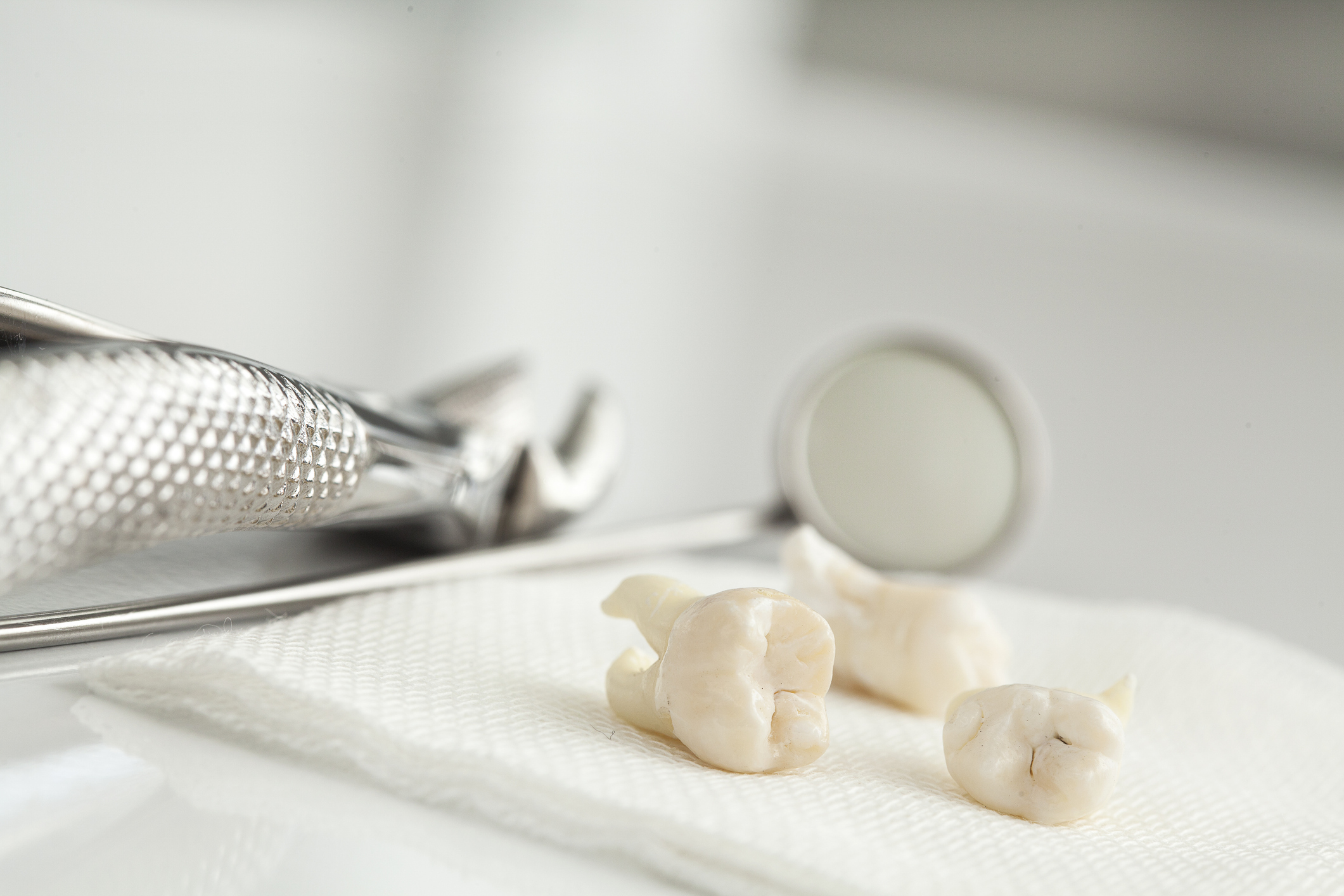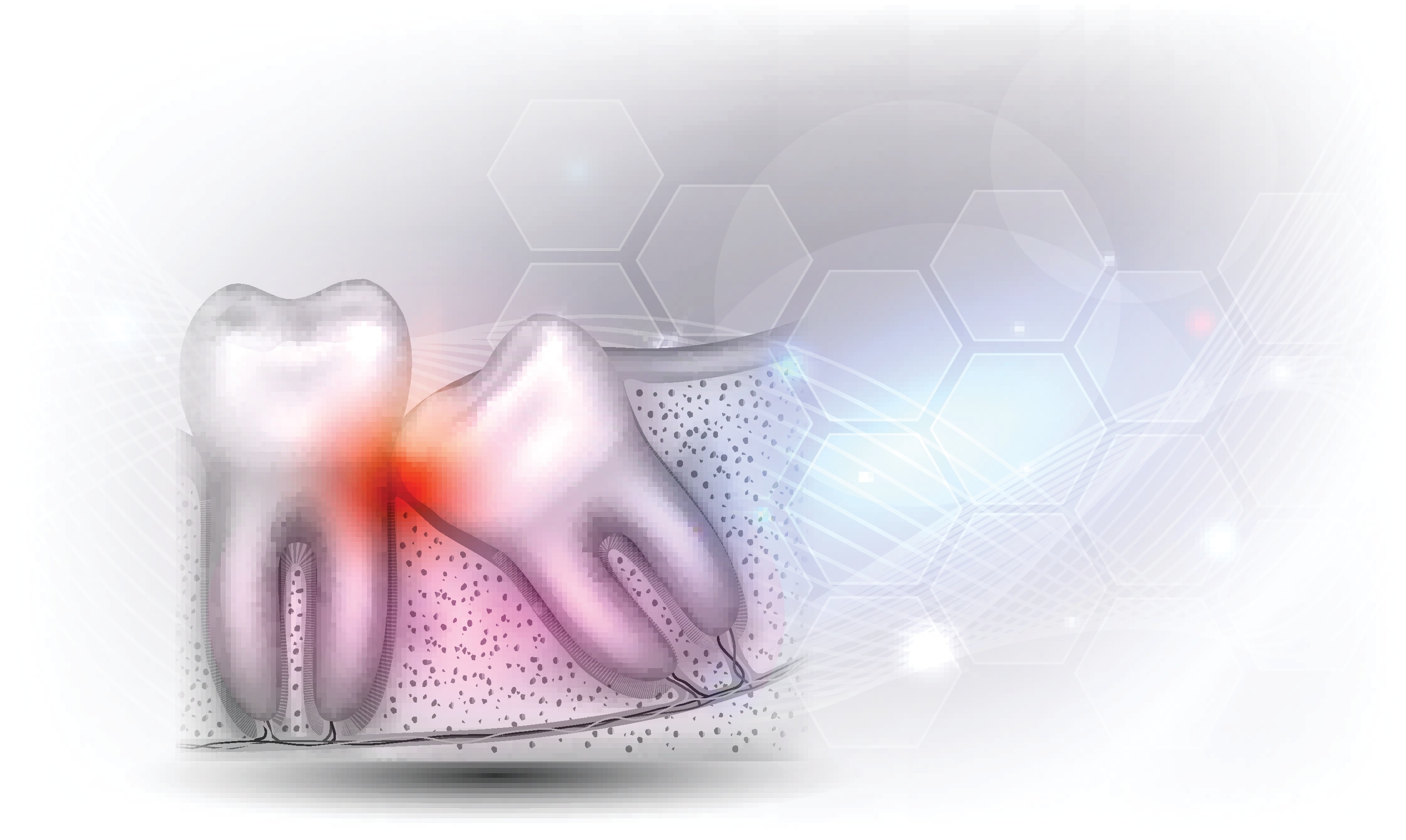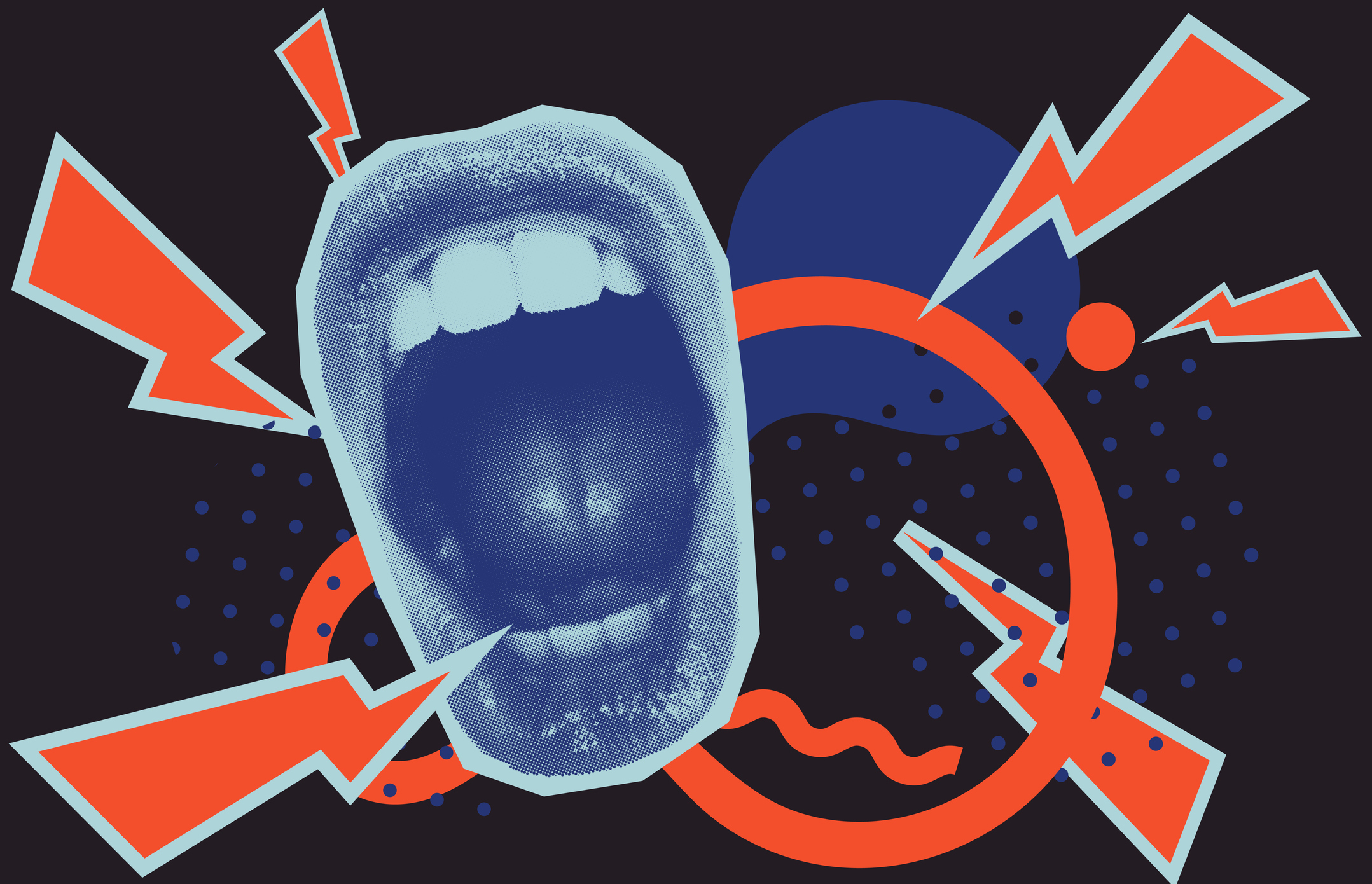Tori are benign (non-cancerous) growths of extra bone in the mouth. They most commonly occur on the tongue side of the lower  jaw on both sides. Tori also occur on the palate, or roof of the mouth. Approximately 40% of males and 20% of females may have these growths of bone. They may sometimes be associated with clenching or bruxing.
jaw on both sides. Tori also occur on the palate, or roof of the mouth. Approximately 40% of males and 20% of females may have these growths of bone. They may sometimes be associated with clenching or bruxing.
Can they be removed?
Both mandibular (lower jaw) and palatal tori (roof of mouth) can be removed surgically. In both cases, the gums would be lifted up and drills (or osteotomes) would be used to remove the excess bone growths. The remaining sites are then smoothed down and the gums are closed with stitches. Depending on the circumstances of your case, a splint may be placed to help comfort and healing for a few days to a couple of weeks. Most patients elect to be sedated for this procedure due to the invasive nature of their removal. Northwest Oral and Maxillofacial Surgery has excellent facilities and well trained doctors to ensure that anesthesia is completed in the safest way possible for all patients requiring this surgery.
Should all tori be removed?
The answer is no, but there are several indications for removal of tori:
- Overlying mucosal (gum) trauma
- Interference with tongue position or range of motion of the tongue
- Difficult oral hygiene due to the size of the tori
- Interference with normal speech (enunciation), chewing, or swallowing
- Removal of teeth and placement of a denture (tori may interfere with placement of the denture)
If you have questions about this procedure or your dentist has referred you to Northwest Oral and Maxillofacial Surgery for removal of tori, schedule at any of our six locations with our eight surgeons.








